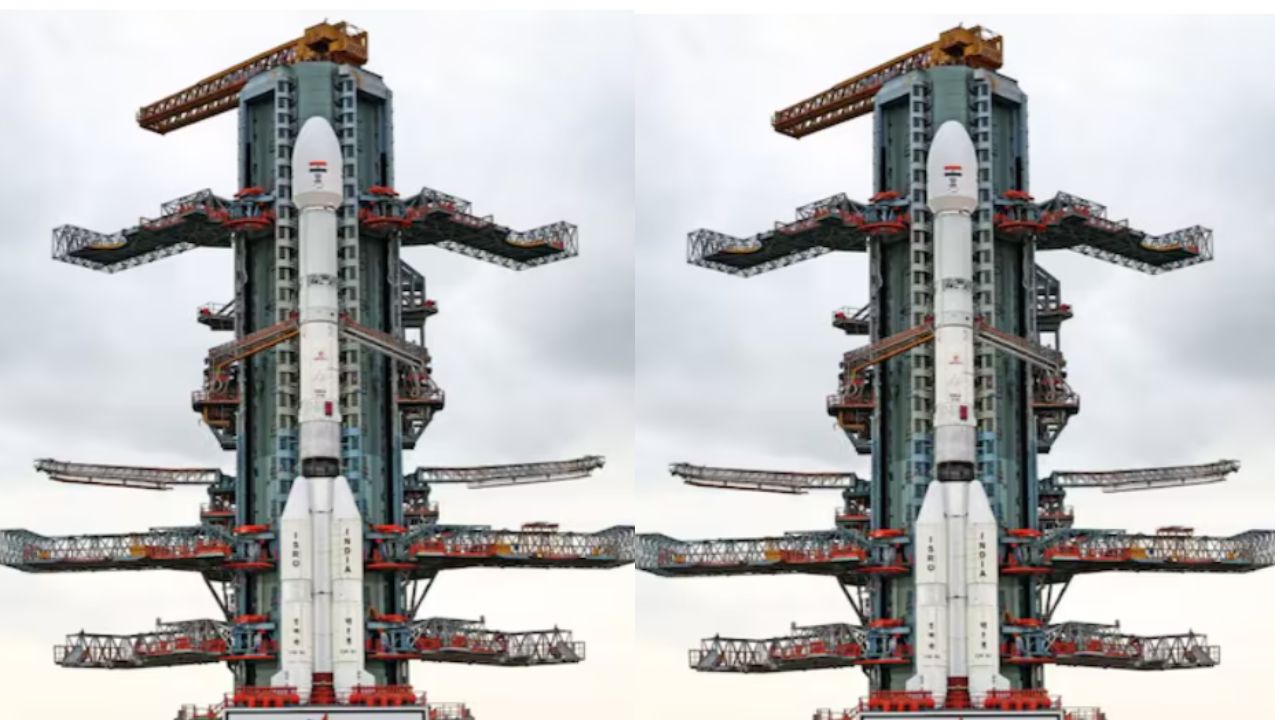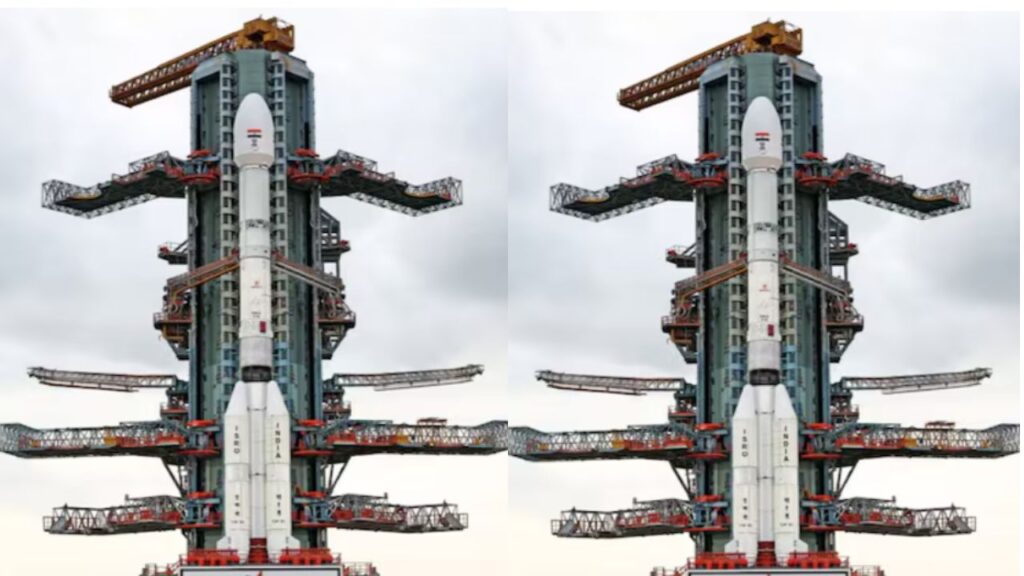
‘Strength Respects Strength’: ISRO Chief Hails NISAR Satellite as a Symbol of Global Scientific Power
In a landmark moment for international space collaboration, ISRO Chairman S. Somanath has declared the upcoming NISAR satellite mission as a living embodiment of the philosophy that “strength respects strength” — a bold assertion underscoring India’s growing influence in the global space race.
NISAR — NASA-ISRO Synthetic Aperture Radar — is not just another scientific payload in orbit. It is a first-of-its-kind Earth-observing satellite jointly developed by the Indian Space Research Organisation (ISRO) and the National Aeronautics and Space Administration (NASA) of the United States. Designed to monitor ecological shifts, measure ice loss, and detect land deformation with unmatched accuracy, the satellite represents the fusion of cutting-edge technology and geopolitical synergy.
What is NISAR? A Brief Overview
The NISAR mission is slated for launch in early 2025 and will be the first satellite to use dual-band synthetic aperture radar (SAR) — L-band from NASA and S-band from ISRO. It will orbit Earth every 12 days, capturing high-resolution radar images of the planet’s surface, regardless of weather or daylight.
Key Features:
- Global monitoring of land subsidence, earthquakes, volcanic activity, and glacier movements
- Crucial data for disaster management, agriculture, and carbon emissions tracking
- Joint development cost: Over $1.5 billion USD
- To be launched aboard ISRO’s GSLV Mk II rocket from Sriharikota
“Strength Respects Strength” – ISRO Chief’s Message to the World
Speaking at a press conference held at ISRO’s U R Rao Satellite Centre in Bengaluru, Chairman S. Somanath said:
“The NISAR mission stands as a testament to what two strong scientific nations can achieve together. It’s not just about shared data — it’s about mutual respect and the strength of purpose. Strength respects strength, and this mission reflects that spirit.”
His remarks come at a time when India’s global space diplomacy is at an all-time high, following the success of missions like Chandrayaan-3 and the upcoming Gaganyaan human spaceflight project.
Scientific Ambition Meets Strategic Collaboration
The NISAR mission goes beyond science — it is a strategic milestone in Indo-US relations. Both countries see this as a “flagship model” for future joint ventures in space exploration, planetary defense, and climate monitoring.
NASA Administrator Bill Nelson, during his recent visit to India, called NISAR:
“One of the most important Earth science missions of this decade.”
For ISRO, it is also a technological leap, as the Indian space agency is responsible for building the satellite’s S-band radar, spacecraft bus, launch integration, and mission operations. NASA is contributing the L-band radar, high-rate communication subsystem, and payload data storage.
Real-World Applications: Why NISAR Matters

With climate change becoming a global emergency, NISAR’s high-frequency radar imagery will be a game-changer for real-time environmental monitoring:
- Forecasting crop yields and land use for sustainable agriculture
- Tracking melting glaciers and rising sea levels in polar regions
- Mapping tectonic shifts and assessing earthquake zones in countries like Nepal, Japan, and Indonesia
- Early detection of landslides and floods in South Asia
The satellite will democratize access to high-quality Earth observation data, benefitting scientists, policymakers, disaster managers, and even small-scale farmers across the globe.
India’s Rising Profile in Space Science
With NISAR, India isn’t just participating in a joint mission — it is co-leading it. The collaboration signals a paradigm shift where India is no longer seen as a junior partner, but as a technological equal on the global stage.
This mission aligns with India’s broader vision of:
- Atmanirbhar Bharat (Self-Reliant India) in space technology
- Exporting space services via IN-SPACe and private sector growth
- Becoming a hub for satellite launch services and climate tech innovation
Looking Ahead: More Than Just a Satellite
NISAR is just the beginning. ISRO and NASA are already discussing future partnerships in deep space exploration, including lunar missions under Artemis, collaborative Mars research, and AI-driven space systems.
As ISRO Chief Somanath aptly summed up:
“Our collaboration with NASA on NISAR is not just about today’s data. It’s about building tomorrow’s vision — a shared world where strong nations work not in competition, but in cooperation, for the betterment of Earth and beyond.”
NISAR — A Beacon of Power, Precision, and Partnership
In an era of shifting global power equations, the NISAR satellite stands as a symbol of what true scientific partnership looks like. It proves that when nations of strength come together — not to dominate, but to understand and protect our planet — the results can be transformative.
As “Strength Respects Strength” becomes a defining motto for international space cooperation, NISAR is poised to orbit the Earth with not just sensors — but a powerful message.






